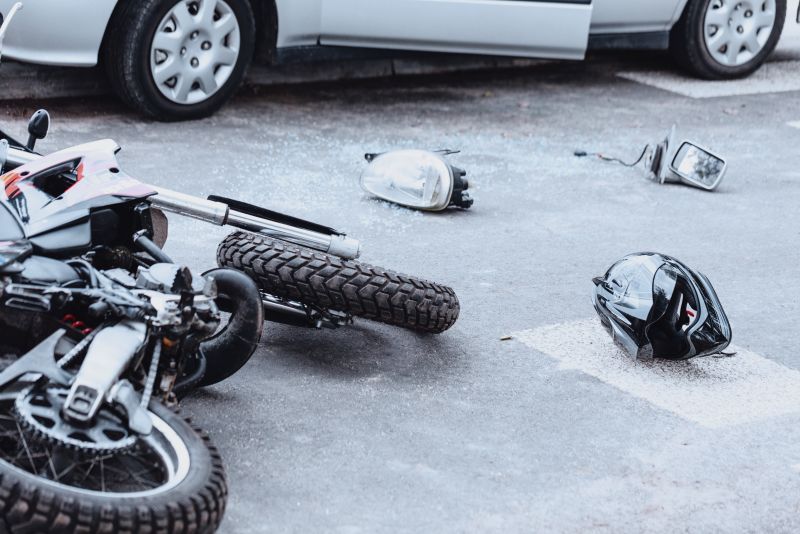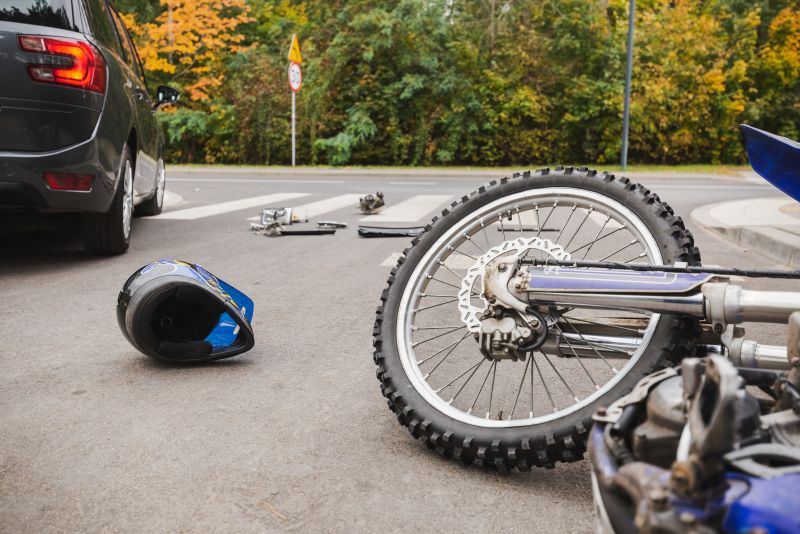Motorcycle Accidents in California: Why Evidence Collection is Critical
Published: 15/10/2025 | Updated: 30/10/2025
Introduction: When Every Second—and Every Detail—Matters
In the aftermath of a motorcycle accident, chaos often overshadows clarity. Between adrenaline, injuries, and police sirens, few riders think about evidence. Yet, what you document in the first few hours can determine the success of your insurance claim—or whether you recover damages at all.
In California, where motorcycles share lanes with dense traffic and unique “lane-splitting” laws apply, evidence collection is the rider’s best defense. From dashcam footage to helmet condition, every detail can influence liability and compensation.
This guide from JusticeGuys.com explains why evidence matters so much in motorcycle injury claims—and how to protect yourself long before you ever set out for a ride.
Understanding California Motorcycle Laws
California is one of the most motorcycle-friendly states in the U.S.—but it also enforces some of the nation’s most specific rider laws. Knowing these not only keeps you safe but strengthens your case should an accident occur.
Key Regulations to Know:
-
Helmet Law: California Vehicle Code §27803 requires all riders and passengers to wear U.S. DOT-compliant helmets. Helmet condition and certification can directly impact an injury claim.
-
Lane Splitting: Legal under §21658.1, but riders must operate safely and prudently. Evidence showing you were lane splitting responsibly can be crucial.
-
License Requirements: A valid M1 or M2 motorcycle license is required—insurance adjusters often check this first.
-
Insurance Minimums: Riders must carry minimum liability coverage ($15,000 per person, $30,000 per accident, $5,000 property damage).
A lack of compliance doesn’t automatically eliminate your claim—but it can be used to reduce compensation through comparative negligence.
Why Evidence Matters More for Motorcycle Accidents
Motorcycle crashes differ dramatically from car collisions. Without the protection of a vehicle frame, even minor incidents can cause severe injuries—and conflicting stories.
Here’s why evidence matters so much:
-
Visibility Bias: Many drivers claim they “didn’t see the motorcycle.” Photographic or video proof helps disprove this.
-
Comparative Fault: California allows recovery even if you share partial blame, but documentation clarifies who was actually negligent.
-
Insurance Defense Tactics: Adjusters may argue excessive speed or unsafe lane splitting. Video, skid marks, and witness statements help counter these claims.
In short: the more you document, the harder it is for anyone to minimize your injuries or twist the facts.

Evidence to Collect at the Scene (or as Soon as Possible)
A. Scene Evidence
-
Photos & Videos: Capture every vehicle’s position, road conditions, traffic lights, skid marks, and debris.
-
Police Report: Request the report number before leaving the scene.
-
Witness Info: Get names, phone numbers, and recorded statements if possible.
B. Motorcycle & Gear
-
Helmet & Clothing: Keep your helmet, jacket, and gloves unaltered—they show impact points.
-
Motorcycle Damage: Take close-up shots from multiple angles before repairs or towing.
C. Digital Data
-
Dashcam or GoPro Footage: Provides indisputable evidence of speed, visibility, and fault.
-
Phone Records: Useful if distracted driving by the other party is suspected.
D. After the Scene
-
Medical Records: Immediate treatment links injuries to the crash—don’t delay.
-
Insurance Communications: Save all emails, claim numbers, and correspondence.
Common Causes of Motorcycle Accidents in California
Understanding how most motorcycle accidents occur helps riders recognize evidence patterns that matter most.
Frequent Causes:
-
Drivers making left turns without yielding.
-
Lane changes without checking blind spots.
-
Speeding or tailgating in heavy traffic.
-
Distracted driving (phones, GPS).
-
Unsafe road conditions (potholes, oil spills, debris).
Each cause leaves behind distinct physical clues—like brake marks, debris trails, or point-of-impact photos—that can become critical later.
How Evidence Influences Liability and Compensation
Evidence isn’t just about proving the crash happened—it shapes the entire case’s narrative.
-
Fault Determination: Police and insurers rely on photos, footage, and statements to assign blame.
-
Injury Verification: Medical documentation ties physical injuries to specific impacts.
-
Damage Valuation: Repair estimates, photos, and expert assessments confirm losses.
-
Settlement Leverage: A strong evidence package discourages lowball offers and pushes for fair compensation.
Think of evidence as your silent witness—objective, verifiable, and persuasive.
When to Contact a Lawyer
While collecting evidence strengthens your position, a lawyer helps interpret and use it effectively.
An attorney can:
-
Preserve surveillance footage before it’s deleted.
-
Subpoena cellphone records if distraction is suspected.
-
Coordinate with accident reconstruction experts.
-
Handle all insurer communications.
If your injuries are serious or liability is disputed, early legal guidance often prevents costly mistakes.
Downloadable Resource
JusticeGuys created this free checklist to help riders document crucial details immediately after a crash—before memories fade or data disappears.
It includes step-by-step reminders for scene photos, witness collection, and post-accident documentation.
Empower yourself with information that could protect your rights later.
Download the Free Motorcycle Accident Evidence Checklist
If you’ve been injured in a motorcycle accident, the evidence you collect could make all the difference.
The legal team at JusticeGuys.com helps riders across California understand their rights, evaluate their cases, and pursue fair compensation.
Get your free case evaluation today at JusticeGuys.com
No pressure. No confusing legal jargon. Just real guidance from lawyers who understand California riders.
FAQs
1. Do I have to wear a helmet in California?
Yes. California law requires all motorcycle riders and passengers to wear DOT-approved helmets. Not wearing one can reduce your compensation if head injuries occur.
2. What should I do immediately after a motorcycle accident?
Ensure safety first, call 911, and document everything—photos, witness info, and police reports. Get medical help even if you feel fine.
3. Can I still recover damages if I was partly at fault?
Yes. California’s comparative negligence law allows recovery based on your percentage of fault.
4. What kind of evidence helps my case most?
Photos, videos, medical reports, dashcam footage, and witness statements carry the most weight.
5. Should I talk to the insurance company before consulting a lawyer?
It’s best to speak to a lawyer first. Adjusters may use your words against you to reduce your payout.